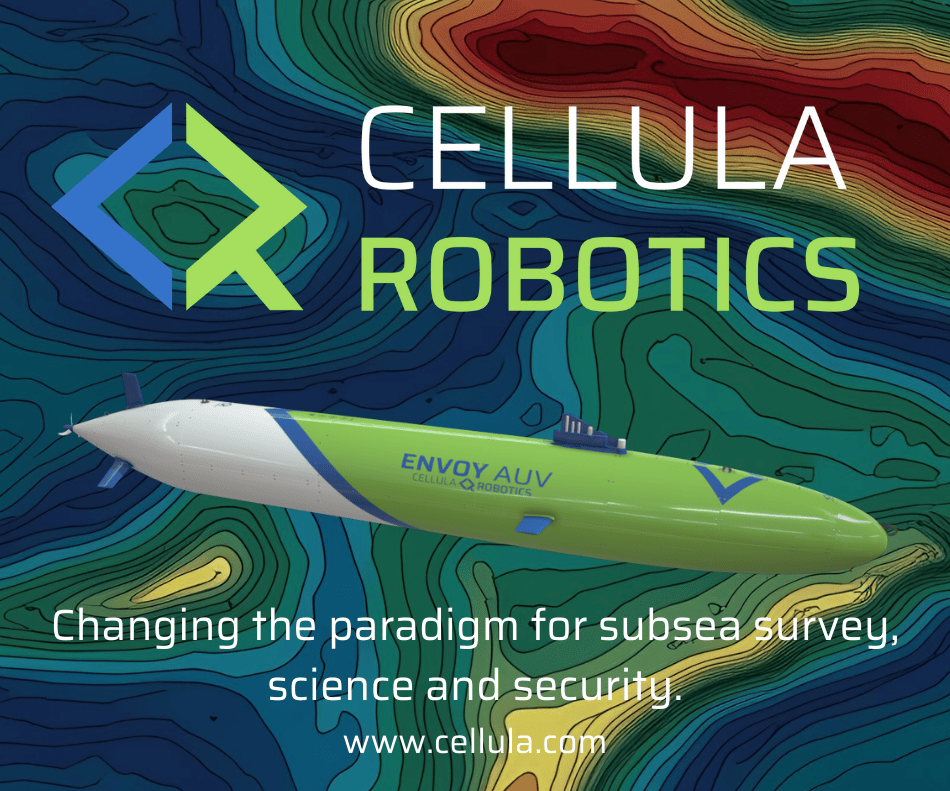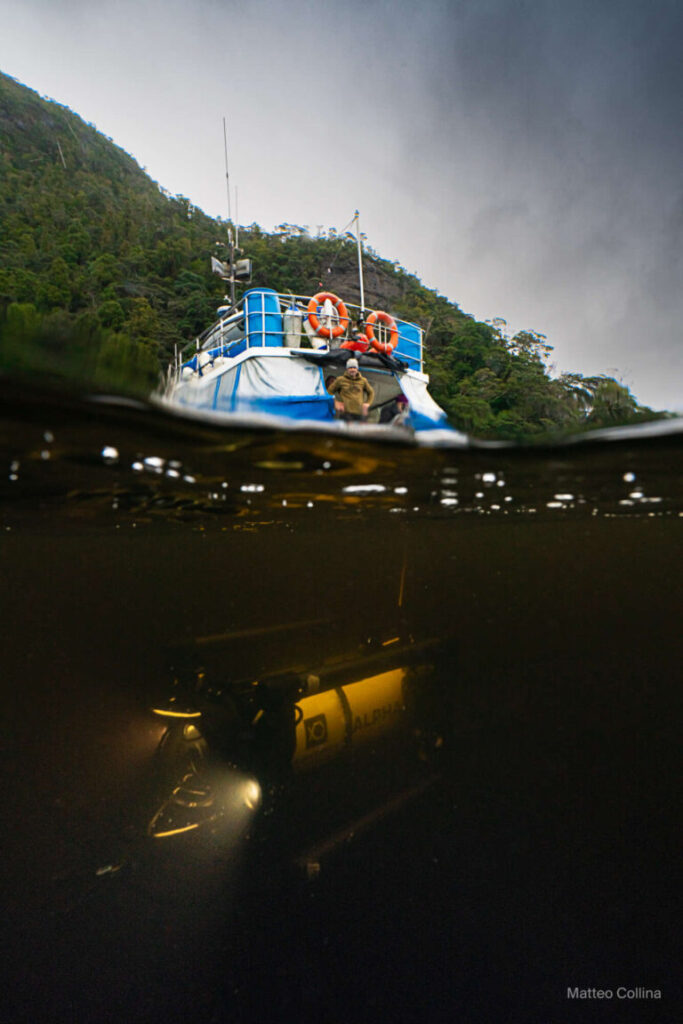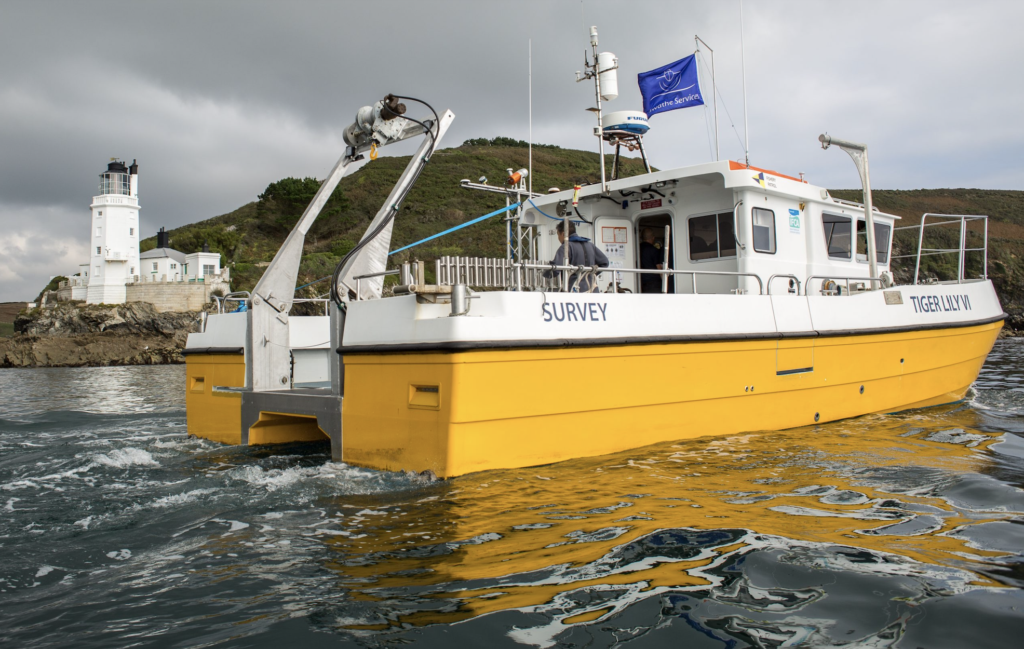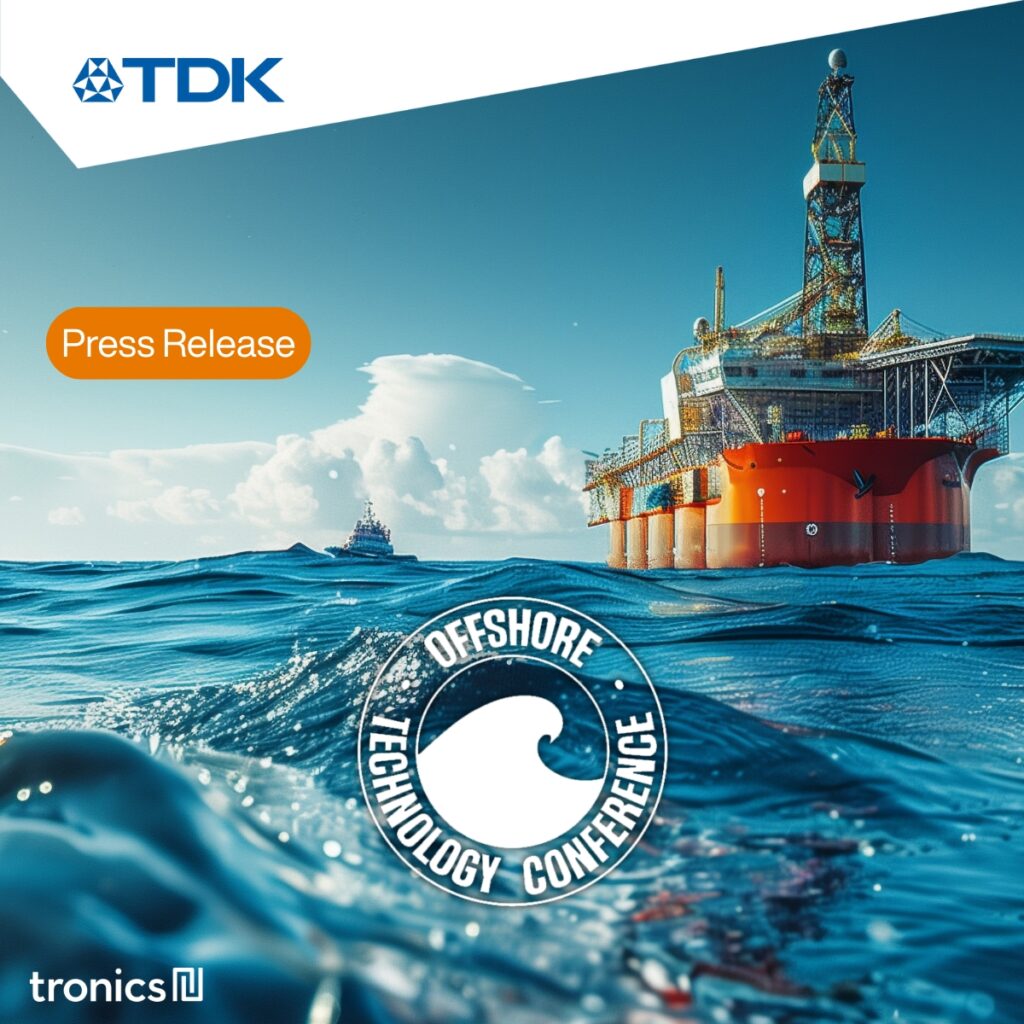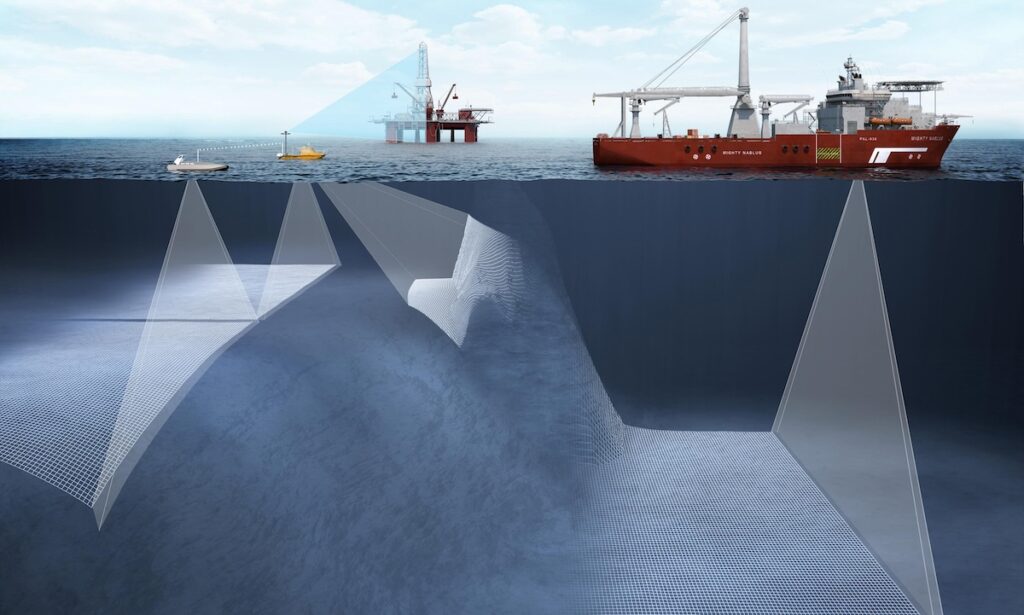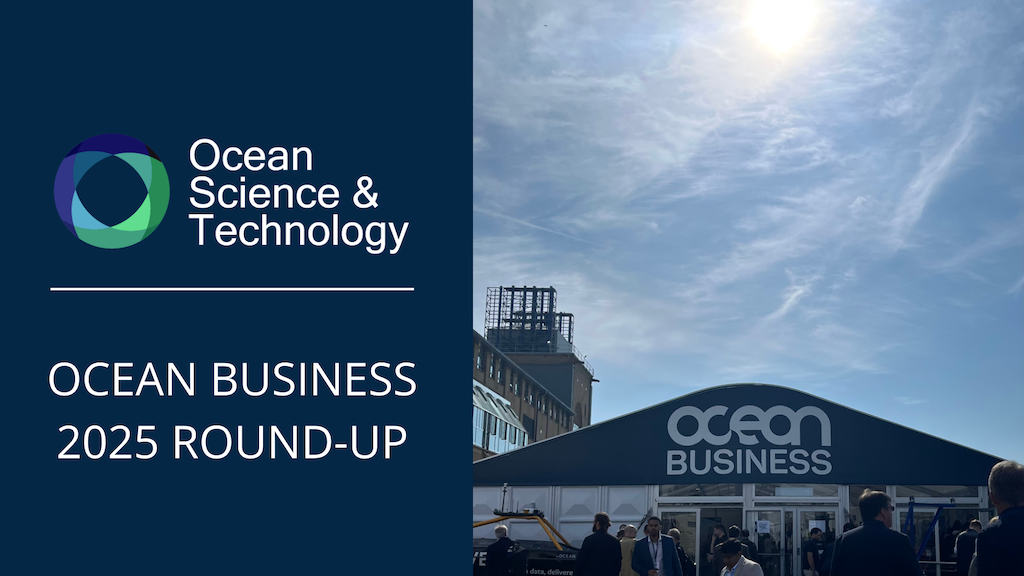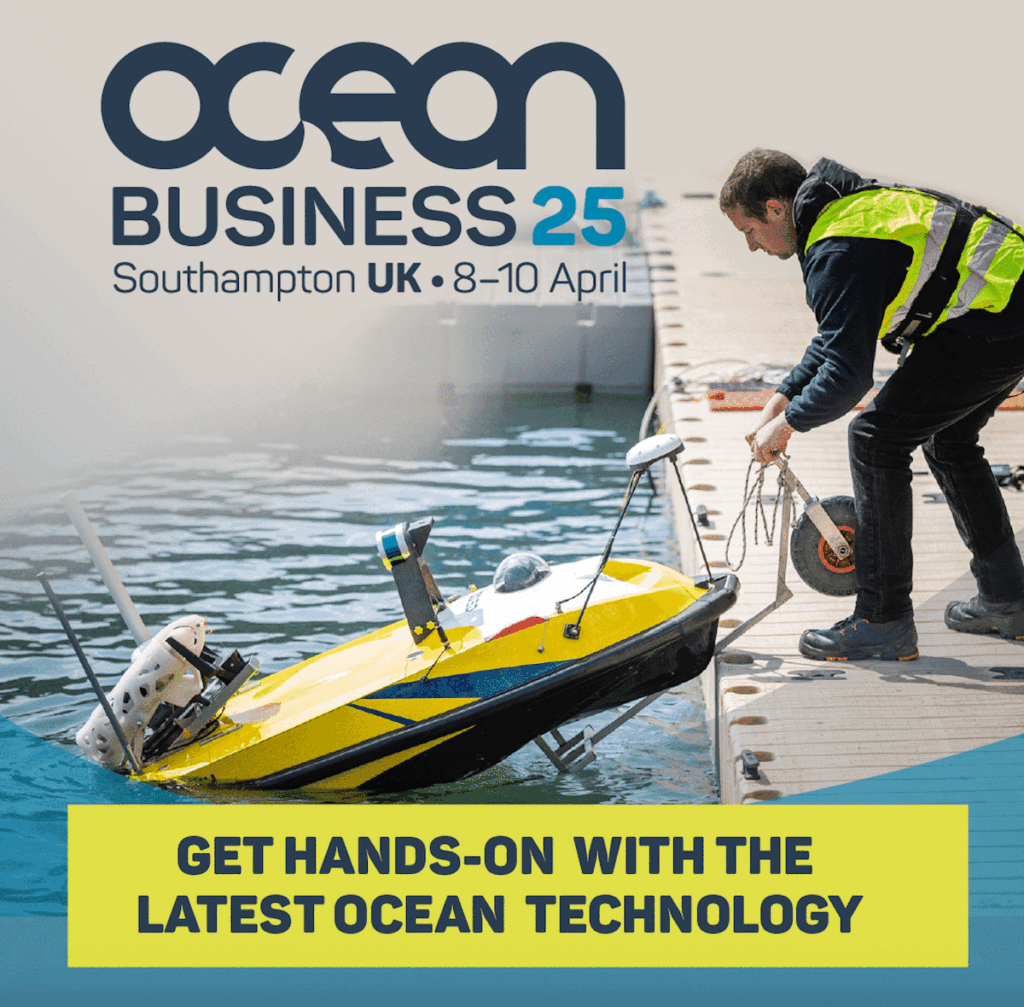
Connect with Leading Marine Technology Innovators
Discover cutting-edge solutions from leading global suppliers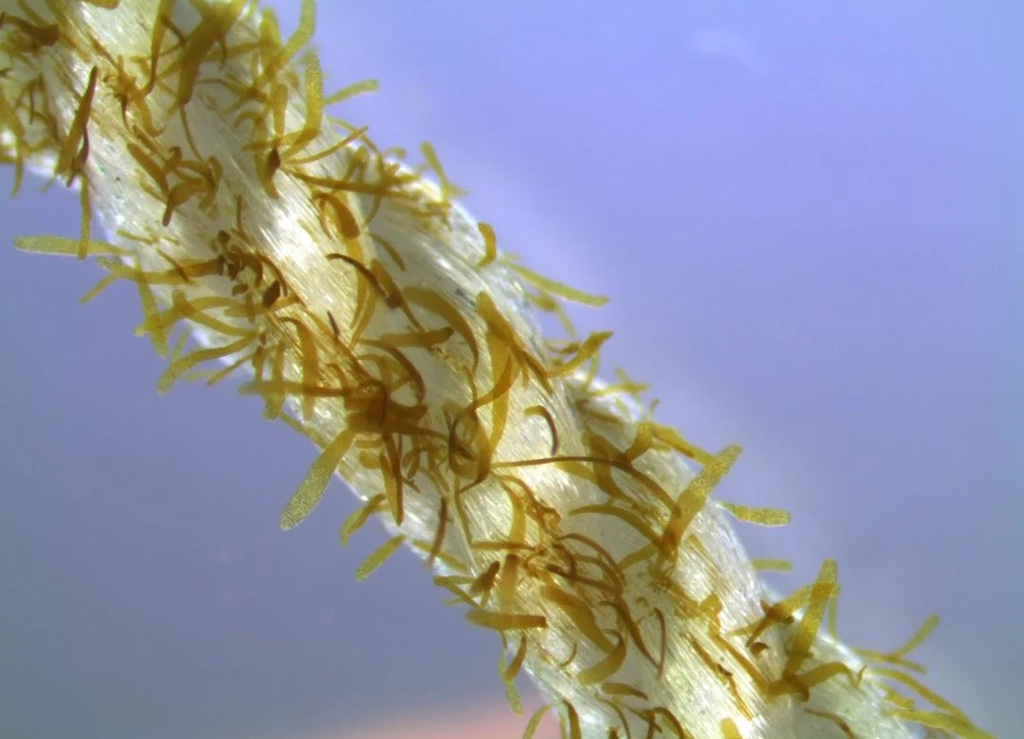
A new seaweed farm has been established off the coast of Trøndelag in Norway to test how large-scale kelp cultivation can become a cost-effective and sustainable ocean-based carbon removal solution.
The project began last year – the cultivation license was granted in the summer, and the first seaweed seedlings have since been deployed.
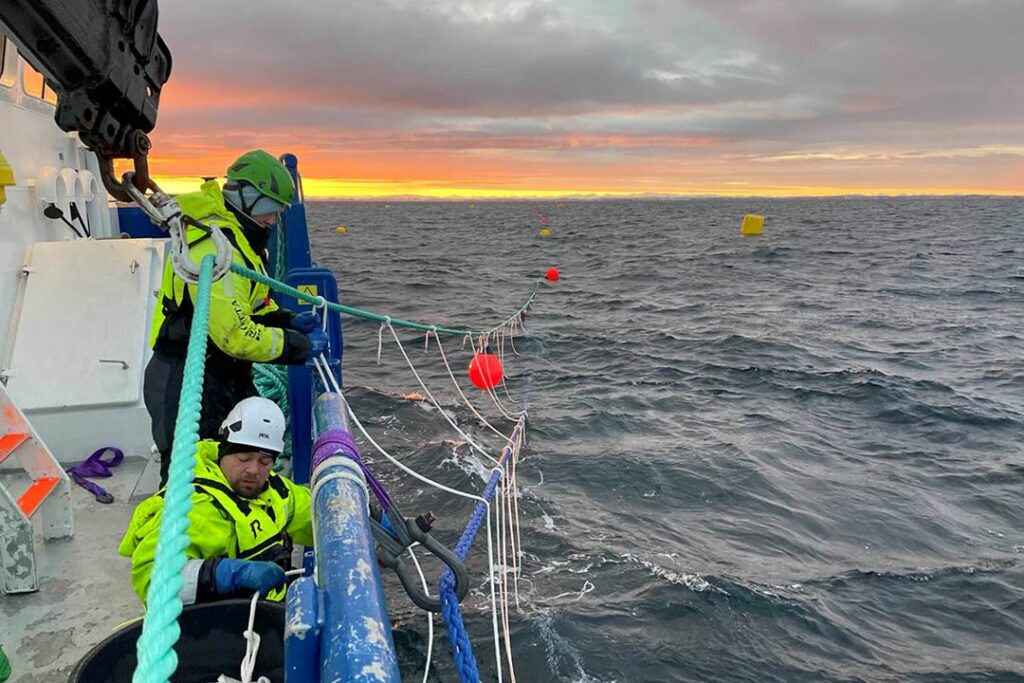
The search for effective and sustainable solutions for carbon capture and storage is intensifying. Large-scale seaweed cultivation may present an opportunity to capture substantial amounts of carbon.
Researchers and industry players are collaborating on a three-year pilot project to investigate if kelp can assist in ocean-based carbon removal solutions.
Many initiatives focus on reducing emissions, whereas the goal of this project is to research how already emitted carbon dioxide (CO₂), can be removed from the atmosphere. Additionally, researchers will examine how the carbon dioxide can be stored.
If successful, it could contribute to substantially reducing greenhouse gas emissions and thereby achieving climate goals, while also providing Norway with new industries and job opportunities.
The pilot project is called JIP Seaweed Carbon Solutions and has a budget of NOK 50 million (US$4.75M). The partners in the project include SINTEF, DNV, Equinor, Aker BP, Wintershall Dea and Ocean Rainforest.
The licensed aquaculture site, which covers 200 decares, has received the first laboratory-cultivated seaweed seedlings.
The multi-functional demonstration site allows the researchers to test innovative aquaculture technologies, both for biomass and environmental monitoring, and cultivation strategies for yield optimization as well as technology for harvesting the biomass.
The seedlings have been growing in favourable conditions off the Trøndelag coast, and will for a total of eight to ten months, with the first harvest to take place in the summer of 2024. Researchers estimate the seaweed yield will be approximately 150 tons in the first season.
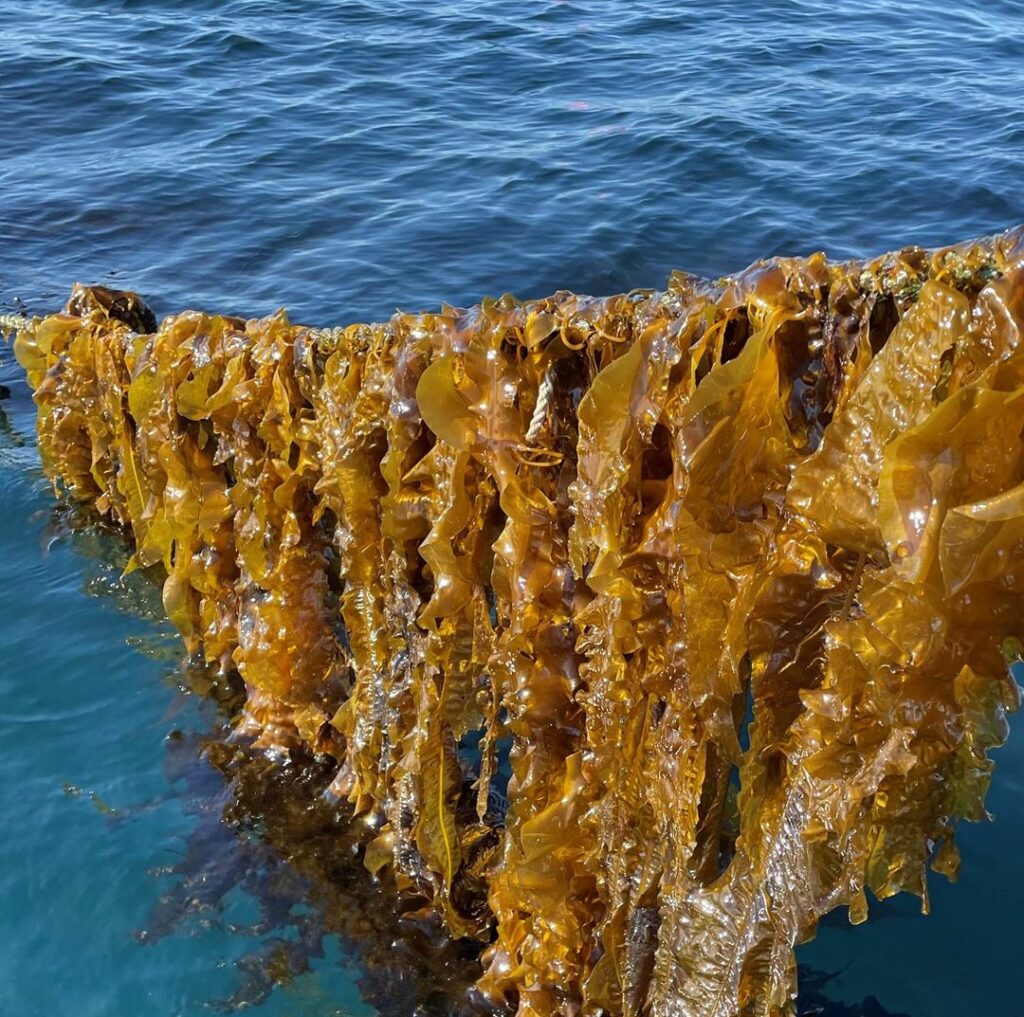
“DNV’s research shows that in addition to a dramatic acceleration of renewable energy, carbon capture and removal technologies are essential to reach Net Zero, and seaweed biochar can potentially be one of these,” said Ellen Skarsgård, Head of Sustainability Development and Climate at DNV.
Senior Researcher Jorunn Skjermo at SINTEF added; “To remove CO₂ molecules from the Earth’s natural cycle, we will explore the possibilities of using chemical processes to transform the seaweed into biochar, which can then be used for soil improvement.
“150 tonnes of biomass could potentially capture 15 tonnes of CO2 with today’s technology. It may not sound like much, but the first goal of the project is proof of concept and to see how we can develop and demonstrate cultivation technologies and storage solutions, and after that will come the upscaling of the technology.
“We believe that seaweed can become a very important resource for managing CO2, and it’s urgent to get started.”

